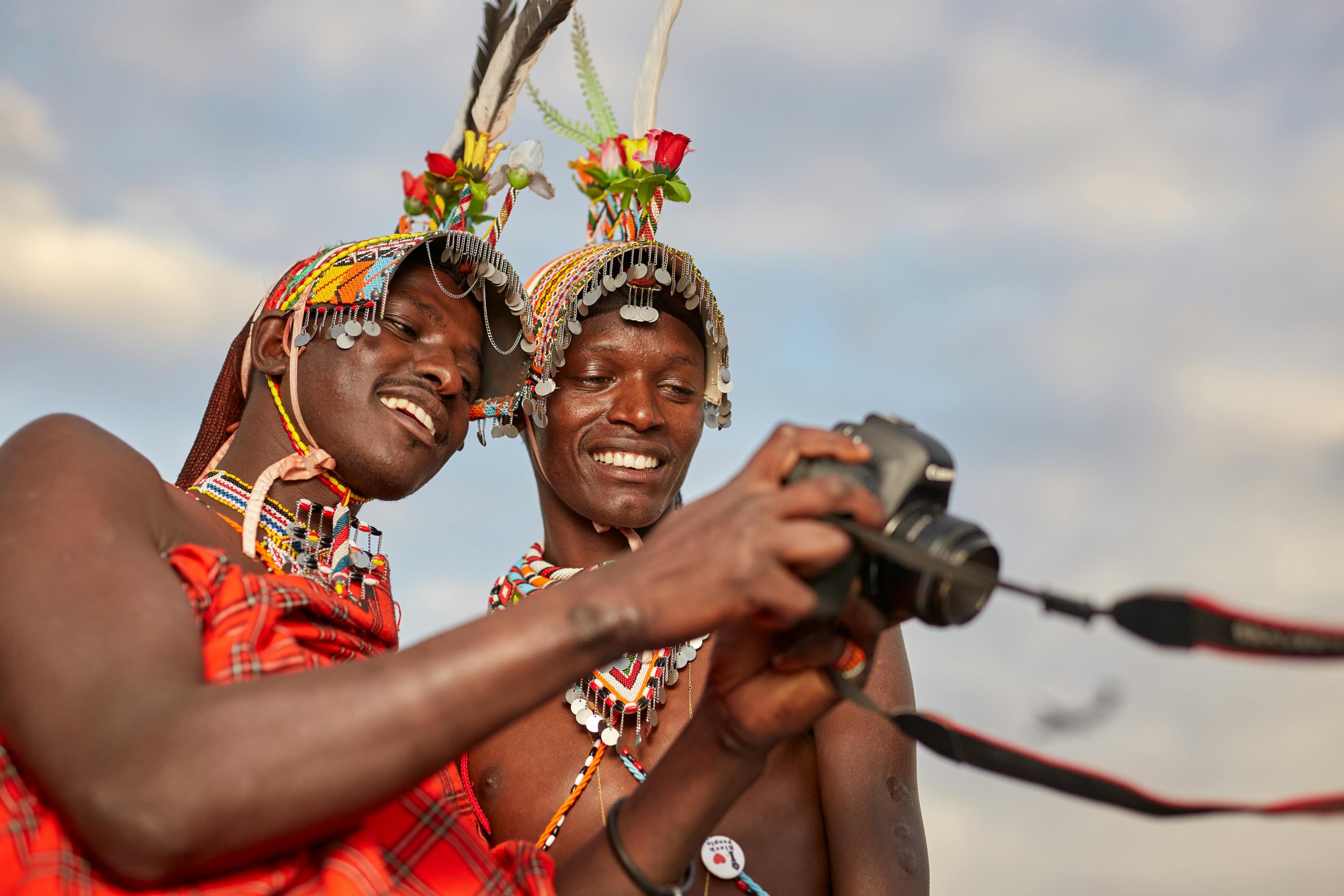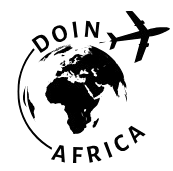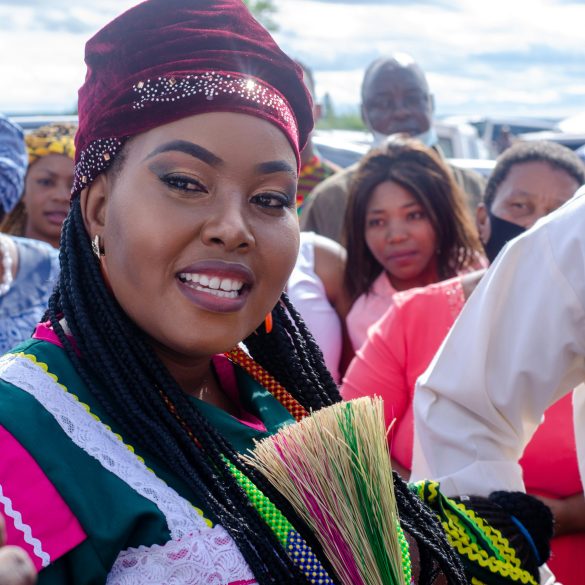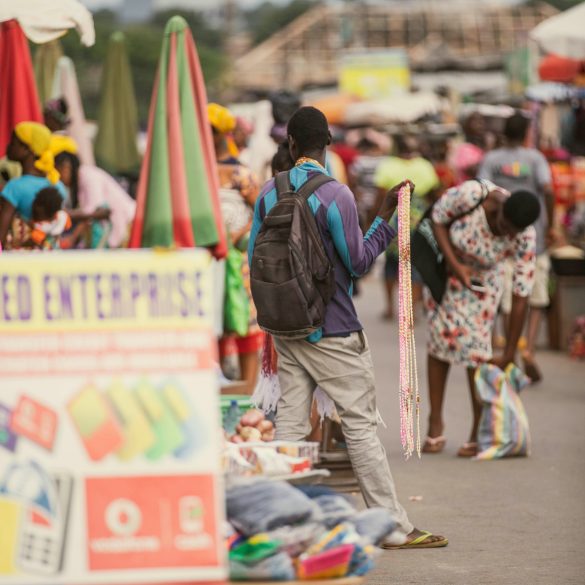Dakar’s Street Culture: Music, Fashion & Identity in Senegal’s Creative Capital
Walking through Dakar’s Plateau district at sunset, you’re immediately struck by something extraordinary happening on every corner. Young people gather around mobile speakers, their voices rising in spontaneous rap battles while others showcase intricate dance moves that blend traditional Senegalese steps with contemporary hip-hop influences. This isn’t just entertainment—it’s cultural revolution in motion.
What fascinates me most about Dakar’s street culture is how seamlessly it weaves together centuries-old traditions with cutting-edge global trends. Having researched urban cultural movements across West Africa, I’ve consistently found that Dakar stands apart as a unique laboratory where identity, creativity, and social change intersect in the most unexpected ways.
Senegal Cultural Snapshot
Senegal is home to over 15 million people speaking more than 30 languages, with Wolof serving as the lingua franca for street culture expression. The country’s music industry generates over $50 million annually1, with 70% of popular songs incorporating traditional elements alongside modern production techniques.
The Rhythmic Heartbeat of Revolution
Let me be completely honest—when I first encountered Dakar’s street music scene five years ago, I thought I understood African hip-hop culture. I was completely wrong. What’s happening in neighborhoods like Médina and Grand Yoff goes far beyond simple musical expression; it’s a sophisticated form of social commentary that addresses everything from unemployment to political corruption.
The fusion happening here is genuinely remarkable. Artists like Fou Malade and Wally Seck aren’t just borrowing from American rap traditions—they’re creating entirely new sonic landscapes that incorporate sabar drumming patterns, griotic storytelling techniques, and Islamic vocal traditions2. The result? Music that speaks simultaneously to local concerns and universal human experiences.
What strikes me most powerfully is how these young artists navigate multiple identities without losing authenticity. They’ll perform a track criticizing government policies in rapid-fire Wolof, then seamlessly transition to a love ballad incorporating traditional mbalax rhythms. This isn’t cultural confusion—it’s cultural sophistication at its finest.
The economics behind this creativity tell an equally compelling story. Street performers in Dakar’s busy markets can earn 15,000-25,000 CFA francs ($25-42 USD) per day during peak tourist seasons3, making music a genuine pathway to economic independence for young people facing 40% youth unemployment rates.
Fashion as Living Art and Political Statement
Here’s where things get really interesting—and where my understanding of fashion completely transformed. Dakar’s street fashion isn’t just about looking good (though these young people absolutely nail that aspect). It’s about creating visual narratives that communicate complex ideas about identity, resistance, and possibility.
Walking through the Sandaga Market, you’ll witness something extraordinary: young designers taking traditional boubous and reimagining them with contemporary cuts, bold patterns, and unexpected materials. I’ve watched teenagers transform plastic waste into stunning accessories while incorporating traditional Fulani jewelry techniques4. The message is clear—we can honor our heritage while addressing contemporary challenges.
The sustainability aspect of Dakar’s fashion scene genuinely impresses me. Young designers like Adama Paris and Sarah Diouf have built international reputations by refusing fast fashion principles, instead creating pieces that celebrate both environmental responsibility and cultural authenticity5. Their success proves that ethical fashion can be both profitable and culturally meaningful.
Key Fashion Innovation Trends
- Upcycling traditional textiles with contemporary silhouettes
- Incorporating recycled materials into luxury accessories
- Blending Islamic modesty principles with modern aesthetics
- Creating unisex clothing that challenges gender norms
But here’s what really gets me excited about Dakar’s fashion evolution—it’s genuinely democratic. Unlike fashion capitals where creativity is gatekept by established institutions, Dakar’s streets serve as open runways where anyone with vision and skill can showcase their ideas. I’ve seen incredible designs emerge from teenagers working with nothing more than basic sewing machines and boundless creativity.
Youth Movements: Tradition Meets Revolution
The youth movements emerging from Dakar’s streets represent something I find absolutely fascinating—a generation that refuses to choose between honoring their heritage and embracing modernity. Instead, they’re creating entirely new frameworks for cultural identity that feel both deeply rooted and refreshingly contemporary.
Take the “Y’en a Marre” (We’re Fed Up) movement, which began in 2011 as a response to power outages and government corruption. What started as political protest evolved into a broader cultural revolution that uses music, fashion, and art to advocate for social change6. Their approach? Combine traditional griotic storytelling with social media activism, creating narratives that resonate across generational lines.
These young activists have mastered something that took me years to understand—the power of cultural code-switching. They’ll organize protests using traditional wrestling event structures, then document everything using contemporary digital storytelling techniques. The result is activism that feels authentically Senegalese while addressing universal themes of justice and opportunity.
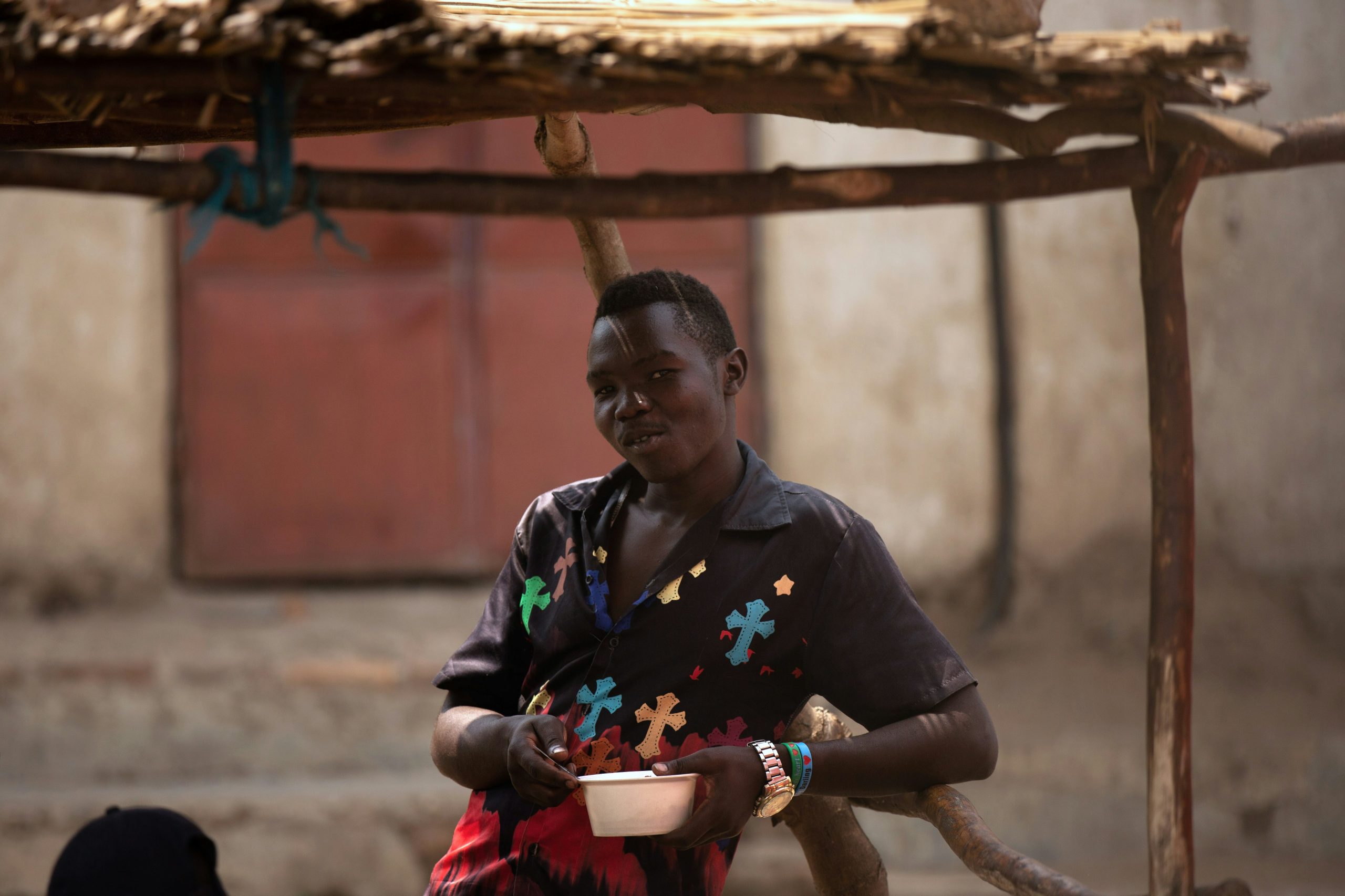
What really strikes me about these movements is their sophisticated understanding of identity as fluid rather than fixed. Young Dakarois don’t see contradiction in attending Friday prayers, then participating in hip-hop battles, then wearing traditional ceremonial clothing to family gatherings. They’ve created a model of cultural identity that embraces complexity rather than demanding simplification.
The educational aspect of these movements particularly fascinates me. Young people are using street culture as informal curriculum, teaching each other everything from financial literacy to conflict resolution through music workshops and fashion collectives. I’ve observed incredible peer-to-peer learning happening in spaces that formal education systems often overlook.
Digital Innovation and Cultural Preservation
Here’s something that completely changed my perspective on technology and tradition—Dakar’s young creatives are using digital platforms not to abandon cultural practices, but to preserve and evolve them. Instagram accounts document traditional fabric-making techniques while simultaneously showcasing contemporary adaptations. TikTok videos teach traditional dance steps alongside modern choreography.
The numbers tell a compelling story about this digital cultural renaissance. Senegalese social media content receives 300% higher engagement rates when it incorporates traditional elements alongside contemporary themes7. This isn’t just local appreciation—international audiences are increasingly drawn to authentic cultural fusion rather than simple imitation of Western trends.
Dakar’s Growing Global Cultural Influence
Let me share something that honestly surprised me during my research—Dakar’s street culture is beginning to influence global trends in ways that reverse traditional cultural flow patterns. Instead of simply adapting Western cultural exports, Dakar’s creatives are producing content that’s being adopted by international artists and fashion designers.
French fashion houses now regularly scout Dakar’s markets for inspiration, while American hip-hop producers collaborate with Senegalese artists to incorporate traditional percussion patterns into contemporary beats8. This represents a fundamental shift from cultural consumption to cultural production on a global scale.
Global Impact Indicators
- International fashion weeks featuring Dakar-based designers
- Hollywood films incorporating Senegalese street fashion elements
- Global music festivals prioritizing West African urban artists
- International brands collaborating with Dakar creative collectives
The economic implications of this cultural export are significant. Creative industries in Senegal now contribute approximately 7% to the national GDP, with street culture-derived products representing the fastest-growing segment9. Young artists who began performing on street corners are now touring internationally, while fashion designers started in local markets are selling to boutiques in Paris, New York, and Tokyo.
But what excites me most isn’t the economic success—it’s the cultural confidence this global recognition has generated. Young Dakarois increasingly view their local cultural practices as valuable global resources rather than obstacles to international success. This shift in perspective is creating unprecedented creative innovation and cultural pride.
The ripple effects extend beyond individual success stories. Entire neighborhoods are transforming as creative hubs, with traditional artisan workshops collaborating with contemporary designers, and established musicians mentoring emerging hip-hop artists. The result is a cultural ecosystem that strengthens rather than abandons traditional practices while embracing contemporary possibilities.
The Future of Cultural Identity in Urban Africa
As I reflect on everything I’ve observed and learned about Dakar’s street culture, I’m struck by how it offers a compelling model for cultural evolution in the 21st century. Rather than viewing globalization as a threat to local identity, young Dakarois have demonstrated how global connectivity can actually strengthen and amplify cultural authenticity.
This approach has profound implications for other African cities grappling with similar questions of tradition versus modernity. Lagos, Accra, and Nairobi are already adapting strategies pioneered in Dakar, creating their own fusion approaches to street culture that honor local specificity while engaging global audiences10.
Looking ahead, I’m particularly interested in how Dakar’s model might influence cultural policy discussions globally. The success of organic, youth-led cultural movements suggests that formal cultural preservation efforts might learn from street-level innovation rather than simply trying to regulate or channel it.
Key Takeaways for Cultural Observers
- Authentic cultural fusion creates more sustainable global appeal than simple imitation
- Youth-led movements can preserve tradition more effectively than top-down policies
- Economic opportunity and cultural pride can reinforce rather than compete with each other
- Digital platforms can amplify rather than threaten local cultural practices
The lessons from Dakar’s street culture extend far beyond Senegal’s borders. They offer insights for anyone interested in how communities can maintain cultural authenticity while engaging global opportunities—whether you’re a policy maker, educator, artist, or simply someone fascinated by how culture evolves in our interconnected world.
What gives me the most hope is witnessing how young people in Dakar have refused false choices between tradition and progress. Instead, they’ve created space for complexity, contradiction, and constant evolution—perhaps the most traditional human approach to culture after all. Their example suggests that the future of cultural identity lies not in preservation museums, but in the living, breathing creativity of young people bold enough to imagine new possibilities while honoring ancestral wisdom.
References
